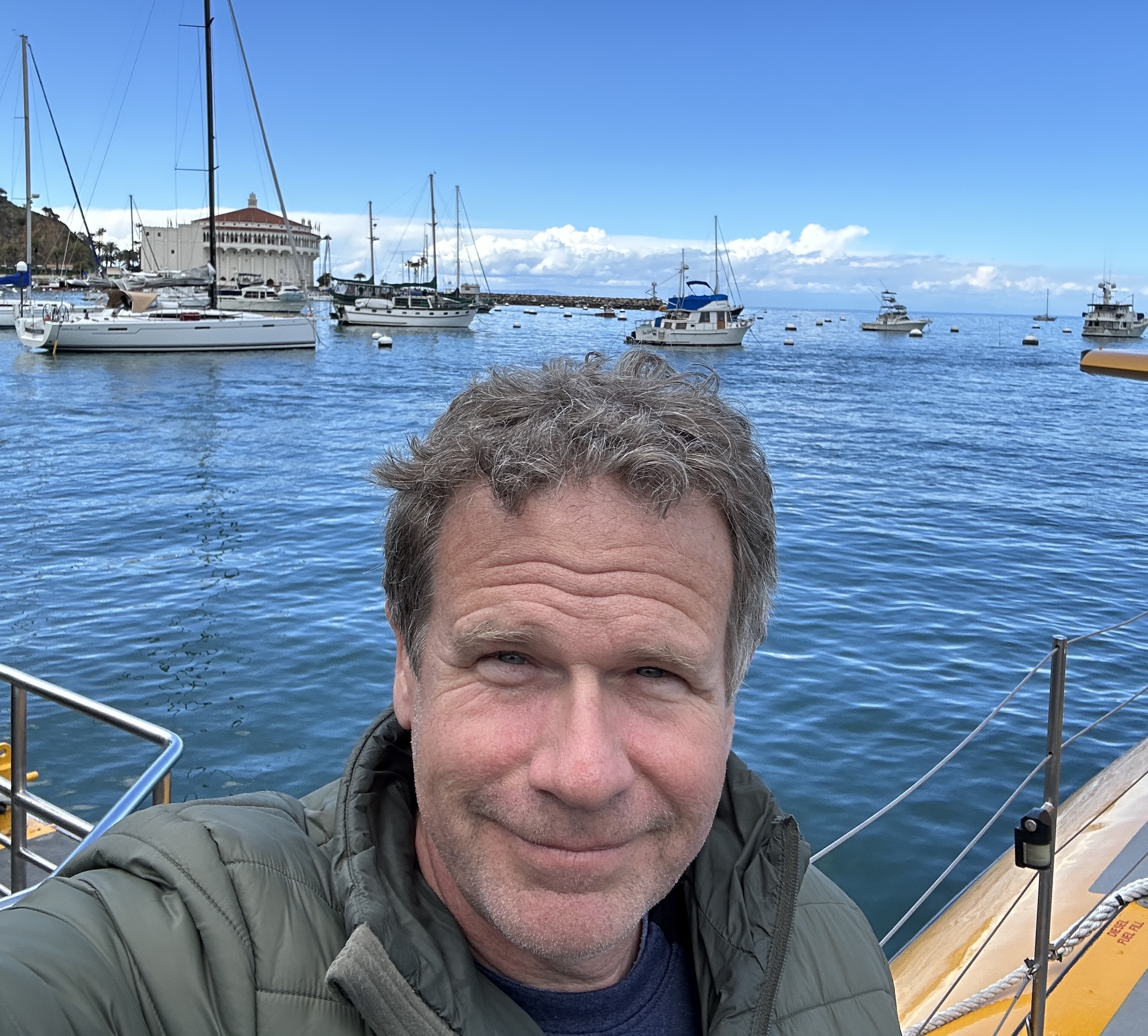CW3E Welcomes Dr. Yannic Lops
December 4, 2025
Dr. Yannic Lops joins CW3E in December 2025 as a Machine Learning Researcher. He earned his Ph.D. in Atmospheric Sciences from the University of Houston in December 2021. During his graduate research, he orchestrated advanced research in atmospheric sciences and machine learning, contributing to development of AI-driven air quality forecasting systems. He directed the creation of deep learning models for spatial imputation and long-term climate forecasting, improving accuracy and applicability of atmospheric data and projections. During his PhD studies, he also enjoyed teaching lab courses in meteorology and climate science.
Yan completed his postdoctoral appointment as a Postdoctoral Research Staff at Lawrence Livermore National Laboratory. His work focused on applying deep learning to climate models, with a specialized focus on bias correction, high-resolution temperature and precipitation downscaling, and integrating uncertainty quantification techniques. He also provided volunteer lecturing for young students in the field of meteorology and climate science with San Joaquin County STEM Events.
In his role at CW3E, Yan will focus his research on improving AI-driven models, probabilistic prediction of extremes, and enhancing capabilities of forecasting atmospheric river processes.








